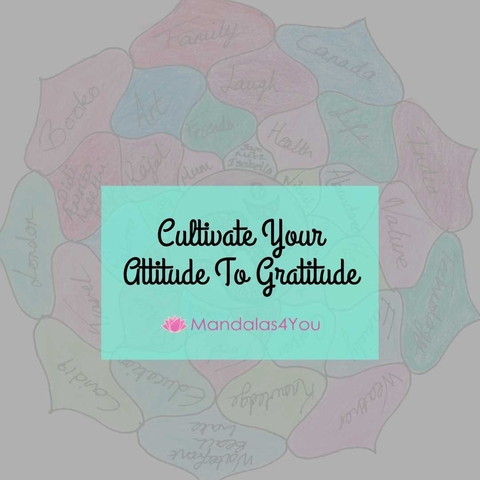Are you looking to boost your immune system, lessen feelings of loneliness and isolation, increase your happiness, and have stronger emotional relationships? Seems impossible to make all these changes in your life by introducing one habit, right? I promise this is not the transcript for an infomercial.
The Greater Good Science Center, in collaboration with Robert Emmons of the University of California, Davis launched Expanding the Science and Practice of Gratitude, have found that these are just some of the benefits of practicing gratitude consistently.
Let’s dive deeper into some of the benefits of introducing a gratitude practice.
 Gratitude can play a role in trauma recovery. Behavior Research and Therapy published a study in 2006 that found that Vietnam War veterans with gratitude practices experienced lower rates of post-traumatic stress disorder.
Gratitude can play a role in trauma recovery. Behavior Research and Therapy published a study in 2006 that found that Vietnam War veterans with gratitude practices experienced lower rates of post-traumatic stress disorder.
- Gratitude can improve confidence. When you have a consistent practice of gratitude, you reduce the need to compare yourself to others. You won’t need to whisper to your friend Becky, “Oh my God Becky, look at her butt.” Rather than be jealous of what others have, you will be able to appreciate who you are and be more confident in your life.
- Improves your decision-making ability. When you have a gratitude practice, you are less likely to be impatient during decision-making, leading to better decisions and less pressure from the desire for short-term gratification.
- Gratitude improves your sleep. Studies have shown that after a two-week journaling practice before bed, participants saw an increase in sleep quality. Which we all know, will lead to better skin, and reduced bags under your eyes. Win, win.
- It reduces toxic emotions while increasing positive ones. When you don’t receive that promotion, because it goes to your colleague, you will feel less likely to put laxatives in their coffee before a big meeting. People with a gratitude practice are less likely to seek revenge, and when faced with negative feedback can process it positively.
This all sounds wonderful, but before we go any further, what is gratitude?
Emmons, a leading scientific expert on gratitude and the founding editor-in-chief of The Journal of Positive Psychology believes there are two key components to gratitude.
- Gratitude is an affirmation of goodness, and
- It recognizes the source of this goodness as outside ourselves.
Similarly, Br. David Steindl-Rast, a Benedictine monk and the founder and senior advisor for A Network for Grateful Living, believes gratitude requires these two key components.
- Appreciation, or recognize that something is valuable to you, which has nothing to do with its monetary worth, and
- It is freely given to you.
Combining these four traits, you get a simple answer. Gratitude is recognizing and appreciating the positive aspects of life, which are freely given to you from sources outside of yourself.
 I know, gratitude sounds so simple now! It can be very easy to start a gratitude practice, and here are a few helpful tips to help you stay consistent and be successful.
I know, gratitude sounds so simple now! It can be very easy to start a gratitude practice, and here are a few helpful tips to help you stay consistent and be successful.
- Be specific and set realistic attainable goals. If you are brand new to a gratitude practice, don’t set an unattainable goal for yourself. Instead of 30 min every day, start with writing a Thank you card every Friday. It’s okay if all the Thank you notes are to yourself.
- Make it fun. If writing in a journal is appealing to you, purchase one that brings you joy. If dancing is your thing, add that to your gratitude practice.
- Involve others. Having a gratitude practice can help you build relationships, so why not get others involved. Try talking to your kids about a positive event that happened today, or start morning meetings with 30 seconds of happiness.
- Find an accountability partner. Signing up for an online course like “Change Your Attitude to Gratitude", can help you stay focused and onto your goals.
As you grow your practice, you still start to notice, that you don’t notice anymore. Gratitude will become second nature, and before long you will be living a happier life.



